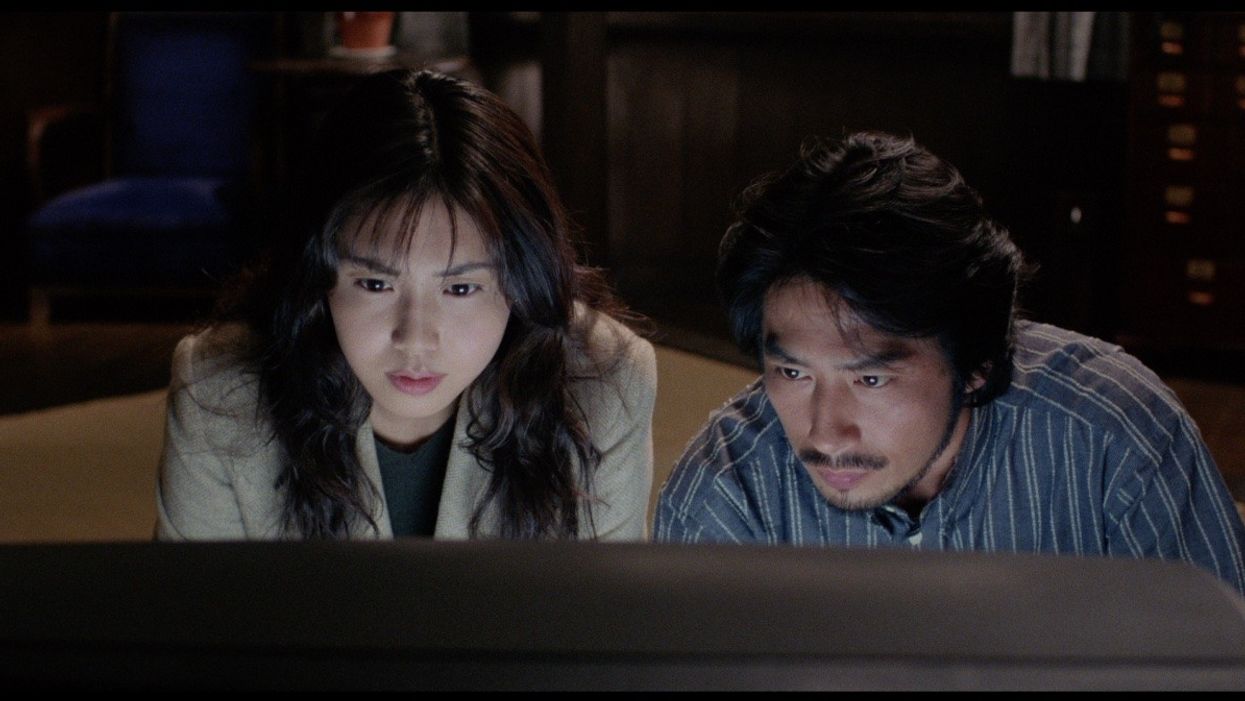How to Write the First Act of a Horror Film
Almost every first act of a film is about a character leaving their normal life behind and journeying into an unfamiliar world.

In horror films, that world is full of death, chaos, and madness, and the characters must find a way to survive.
But the descent into the horrifying world of the film doesn’t happen right away. Instead, the first act is all about building tension and dread, allowing the audience to ease into the horror rather than being thrust into it. The power of the initial journey allows the audience to become familiar with the world before we must escape its horror. No horror movie did this better than the horror classic, Ringu.
What makes a successful first act in a horror film? Accented Cinema breaks down the first act of this Japanese horror classic, and how it eases the audience into the horror of the movie. Let’s break it down.
How Ringu masters its first act
Ringu starts with two school girls sharing horror stories. One of the girls mentions an urban legend about a videotape that curses its viewers to die. The other girl mentions that she had watched a tape recently and received a phone call that she was going to die in seven days.
This opening scene introduces us to the curse of the film. While the curse is presented as an urban legend through the two different versions, the film cleverly reinforces the main beats of the curse through repetition.
Although the audience knows the basics of the curse and is curious about it, the rules feel hazy and undefined.
This scene also keeps these two characters at a distance by placing objects in front of them, or by framing the characters in a way that feels like the audience is spying on strangers. By creating this narrative distance, the audience doesn’t feel the fear that will eventually haunt every frame throughout the second and third acts of the film.

When the audience does meet the main character, a journalist named Asakawa, the curse is reinforced through another version of the story. The framing of Asakawa in this introduction scene is intimate and creates a layer of connection between the character and the audience with little effort.
The rumor is given to the main character, who later discovers that there is some truth in the story when she reads a newspaper later on. Something causes the teenagers who watched the video to die, but there is never a clue as to why.
When Asakawa attends the funeral of her relative, one of the girls from the beginning, the audience hears the legend again. This time, the audience is given the story through a secondhand account, which makes the legend more personal and impactful. The legend, which became fact in the paper, now has shape but no clear identity.
The audience’s curiosity, much like Asakawa's, is piqued because we want to know why these people we care about are dying.
When Asakawa visits where the teens watched the cursed video, the tension is raised and the danger is near. The audience is moving to a new level of closeness as the main character decides to become part of the curse’s game.
Then, the audience watches the video with Asakawa. The phone call tells her and the audience that she will die in seven days. The film is pushed into the second act, in which the audience and Asakawa have to find a way to survive.
The first act showcases the greatness of Ringu. The story builds curiosity around the cause of death, never releasing too much information until it’s too late. It’s a dangerous mystery that invites the audience to learn what could cause so much pain and suffering, feeding into the audience’s desire to watch horror movies in the first place.
When writing the first act of a horror film, it is important to build tension and stakes around the threat. Without those two things, the horror lacks meaning. Creating meaning after the horror is revealed will feel like an afterthought, so build the suspense to leave the audience speechless when the telephone rings and they are trapped in the game.
What other horror films nailed the first act? Let us know in the comments below!
Source: Accented Cinema











